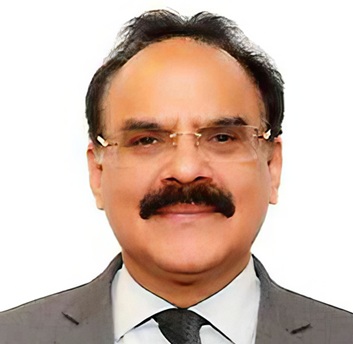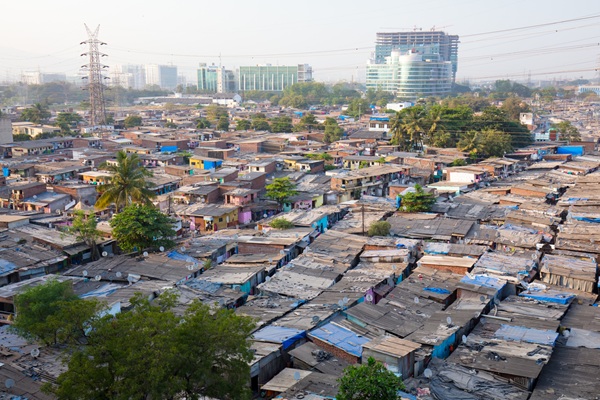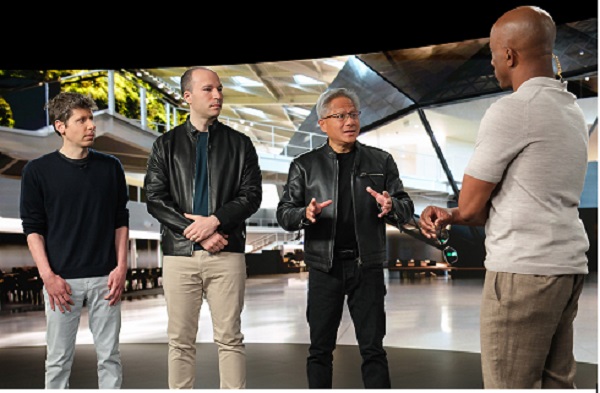.png)

Dr Arvind Mayaram is a former Finance Secretary to the Government of India, a senior policy advisor, and teaches public policy. He is also Chairman of the Institute of Development Studies, Jaipur.
November 7, 2025 at 6:04 AM IST
When the Union Budget of July 2014 announced the creation of 100 smart cities, it captured the nation’s longing for modernity. The idea promised to build a network of well-planned, technology-enabled, and livable cities. A decade later, the dream stands only half realised. By 2025, the Smart Cities Mission had completed over 90% of its projects, representing investments of more than ₹1.5 trillion. Yet most of this achievement lies in retrofitting old urban spaces with LED lights, surveillance systems, and Wi-Fi poles. The larger challenge of creating new cities that anticipate and absorb migration, rather than simply modernising existing ones, remains unaddressed.
Meanwhile, India’s demographic tide continues to rise. The country’s urban share has grown from 31% in 2011 to nearly 36% in 2025 and is expected to touch 40% by 2036. Migrants continue to pour into the same handful of megacities—Delhi, Mumbai, Bengaluru, and Hyderabad—already gasping under the weight of congestion, pollution, and crumbling infrastructure. Unless we change course, the urban dream may collapse into a nightmare of overcrowded, unlivable cities.
Latin America offers a cautionary tale. Countries like Brazil and Mexico, which urbanised rapidly and unevenly, are now locked in cycles of crime, inequality, and informal housing. More than 80% of Latin Americans live in cities, but nearly half in precarious settlements. Unless India consciously redistributes urban growth, we risk repeating that pattern—megacities surrounded by belts of despair.
Rajasthan Recognises This
The result was a pioneering framework—the Rajasthan Rural–Urban Transition Bill (2023) and Support Scheme (2023–27)—which formally recognises “urbanising settlements” and allows them to draw from both rural and urban funds. This model views urbanisation not as a binary leap but as a continuum—a gradual transformation supported by governance, infrastructure, and finance. Unfortunately, the idea has remained just that. No policy action has been taken to operationalise it.
District Headquarters as the New Urban Frontier
Migration data from the Census and NSSO show that most rural-to-urban movement initially occurs within districts or neighbouring ones. This natural geography of migration should guide future planning. Instead of allowing millions to drift chaotically toward Delhi or Mumbai, policy must channel migration toward district urban regions—planned, resourced, and connected hubs where people can find work and dignity.
A national policy could identify priority districts based on demographic pressure, economic potential, and connectivity, and develop new smart cities around them in a phased manner. Each should be anchored by an economic zone—such as industrial parks, logistics hubs, renewable energy clusters, or digital service centres—that generates local jobs, drawing people from the rural hinterland. Migration must be directed toward opportunity, not survival.
These new cities must be integrated into a national network of transport corridors—roads, railways, and airports—that link them to major regional markets. District-level industrial ecosystems could feed into larger supply chains, creating a balanced urban grid across India. This is the architecture of a polycentric India—a nation of many connected cities, not a few suffocating ones.
Incentives for Balanced Growth
Recreation and culture are also vital. Shopping malls, sports complexes, and cultural centres bring vibrancy and aspiration. Migration will follow not only jobs but livability—the promise of a better life. With the right incentives, families who might otherwise relocate to overcrowded metropolitan areas could find opportunities and dignity closer to home.
Aesthetics and the Soul of the City
India’s future cities must speak in their regional languages of stone, shade, and craft. A Rajasthani town should still rise in sandstone courtyards; a city in Kerala in laterite and verandas. Beauty must again be a public good, not an afterthought. Without aesthetics, cities may grow—but they will not belong.
India 2047: A Humane Urban Civilisation
However, if India acts now—by planning new cities around its districts, anchored in economic opportunity, human development, and cultural continuity—it can turn migration into momentum.
The city of the future will not be built solely of glass and concrete. It will be built on trust, belonging, and imagination. As Nehru reminded us in 1938, science and planning are instruments of emancipation. Used wisely, they can still build an India where every settlement—urban or rural—offers not merely survival, but possibility.




